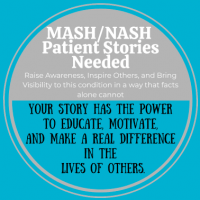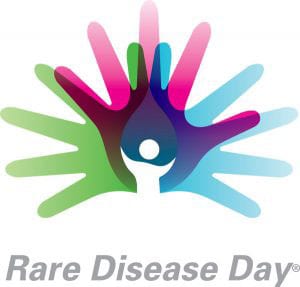Clinical trials often begin with optimism, sites are launched, projections look promising, and timelines are set. But when enrollment stalls, sponsors frequently call-in patient recruitment partners as a last-minute “rescue” to salvage the study. This reactive approach, however, limits the true value these specialists can bring. Instead of being emergency backups, patient recruitment partners should be engaged from the outset as strategic allies, shaping studies for success before problems arise.
Start with Patient Insights, Not Assumptions
One of the biggest pitfalls in protocol development is overlooking the patient perspective. According to an article published in BioPharma.com, eligibility criteria can unintentionally exclude too many people, and outreach messaging may fall flat or deter participation. Such oversights lead to expensive delays and protocol amendments, sometimes costing over half a million dollars each. Early involvement of recruitment partners enables real patients to provide feedback on protocols and messaging. This validation helps sponsors identify hidden barriers, like overly strict criteria or burdensome requirements, and refine study designs to be both scientifically robust and genuinely patient-friendly.
Smarter Site Networks, Lower Costs
Another common misstep is misjudging the number or choice of study sites. Sponsors often overestimate, launching more sites than necessary, which inflates costs and complicates management. Conversely, underperforming sites can drag down recruitment. Recruitment partners bring data-driven insights to optimize site selection from the start, identifying high-performing sites that can meet enrollment goals efficiently. This targeted approach streamlines operations, focuses resources, and keeps studies on schedule.
Realistic Timelines, Reliable Planning
Timelines in clinical development are critical. Delays in enrollment ripple throughout a study, escalating costs and slowing progress to market. All too often, sponsors set unrealistic timelines without understanding the complexities of patient recruitment. Recruitment partners, by testing outreach strategies early and gauging patient interest, can provide accurate enrollment projections. This allows sponsors to set achievable milestones and avoid the frustration of unexpected slowdowns.
For example, in a movement disorder trial, a sponsor assumed a specific medication requirement would only exclude 20% of patients. Early validation by the recruitment partner revealed it actually excluded 80%, enabling the team to adjust before recruitment began. This proactive insight prevented costly delays and protocol amendments.
From Risk Management to Readiness
Waiting until trouble strikes to engage a patient recruitment partner means working in crisis mode. By involving them from the beginning, sponsors can preempt common challenges, crafting protocols that fit real-world patients, choosing the right sites, and setting attainable timelines. This strategic partnership transforms recruitment from a risk to be managed into a readiness advantage.
Conclusion
Treating patient recruitment partners as strategic allies, not emergency fixes, leads to smarter budget decisions, reduced risk, and studies that are both efficient and patient centric. The result is clinical trials that enroll on time, stay on budget, and move confidently toward completion, achieving both scientific and operational success.








